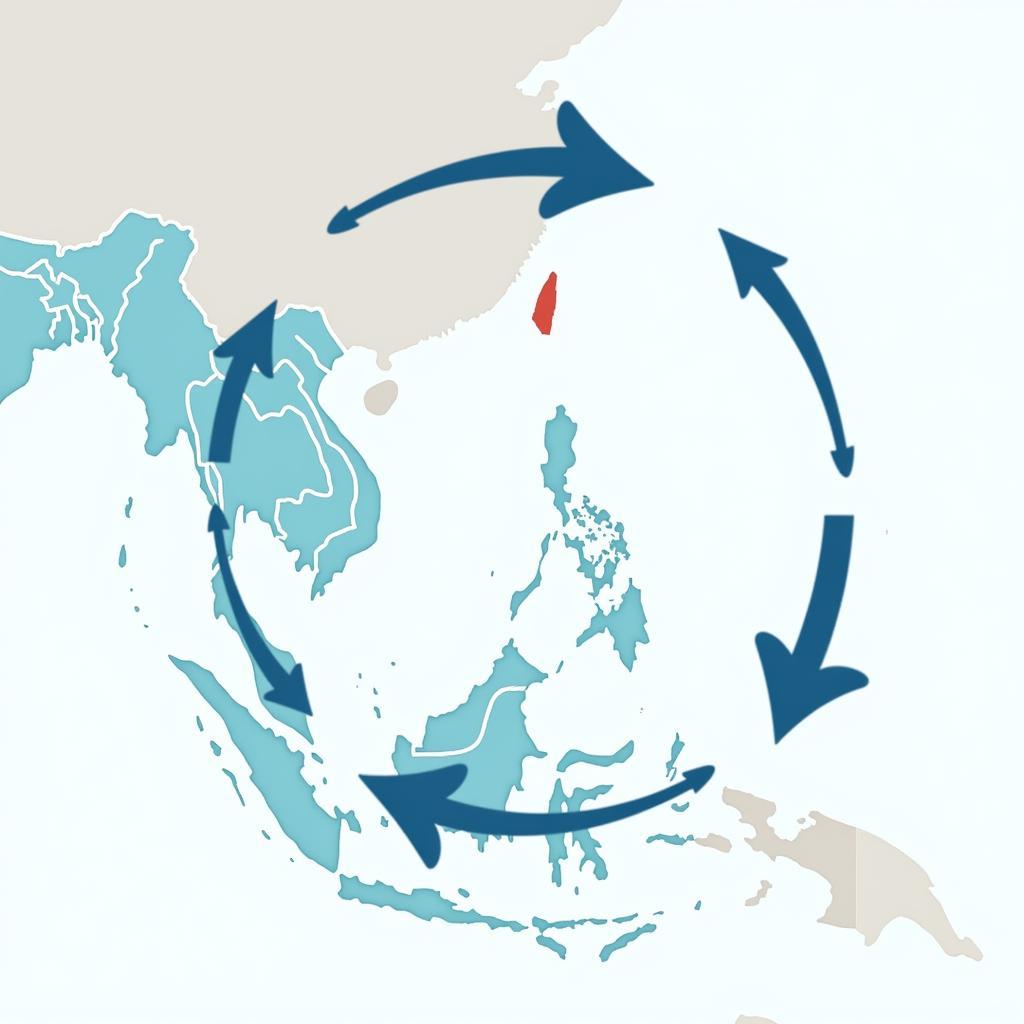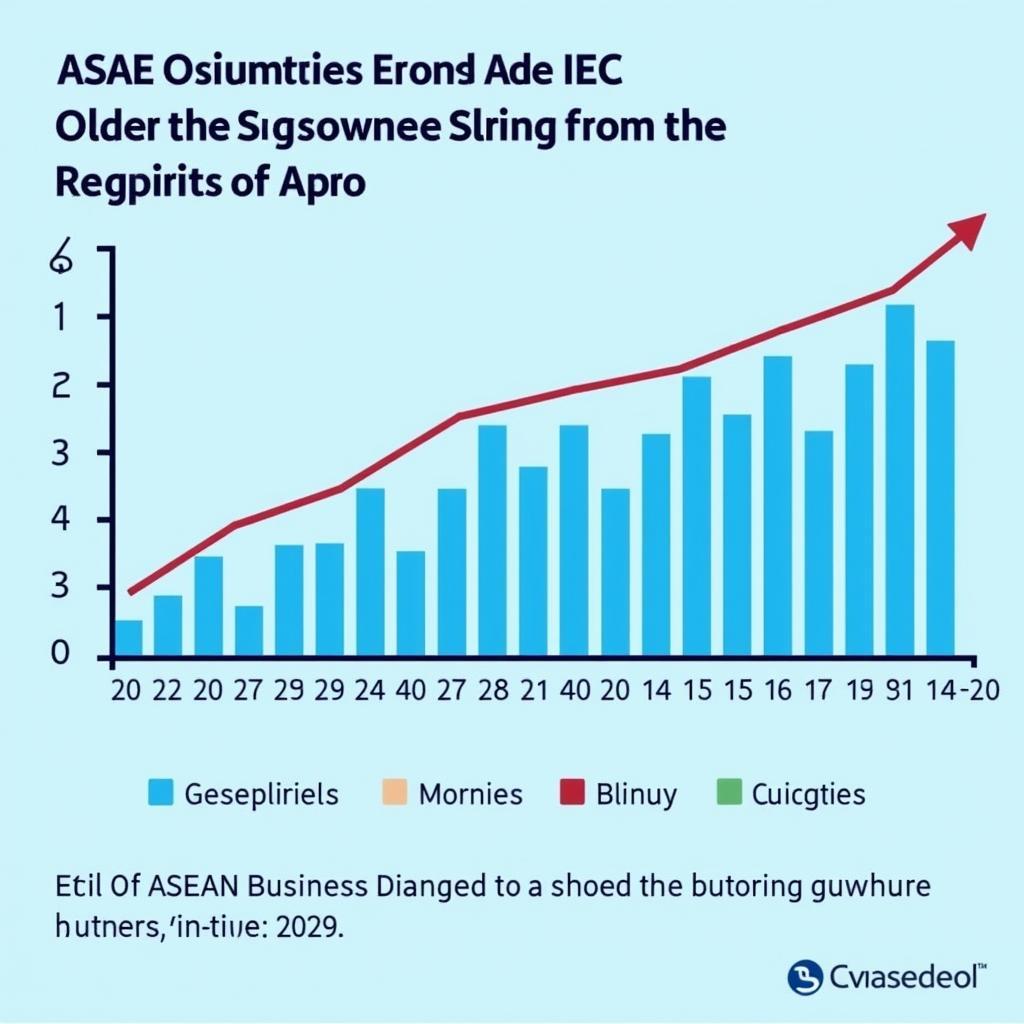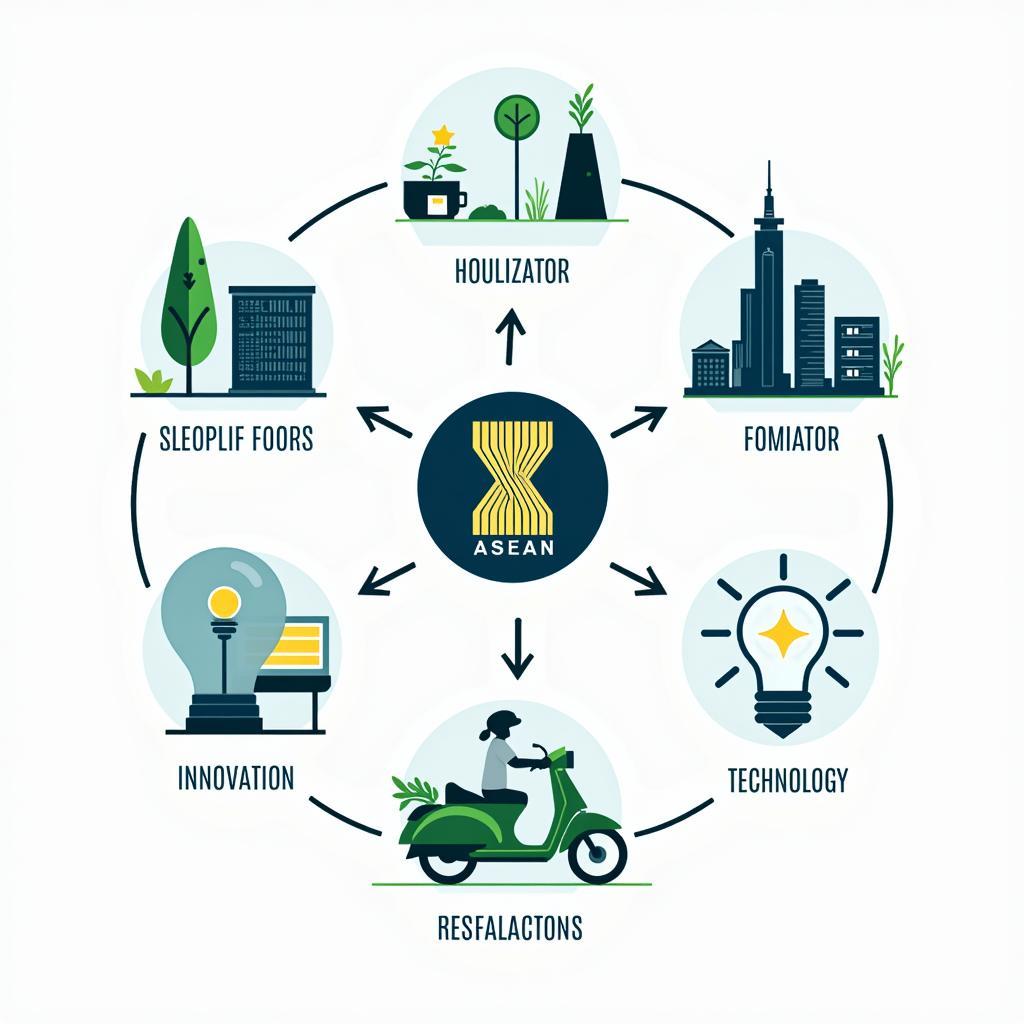The ASEAN Economic Community (AEC) represents a major step towards regional integration in Southeast Asia. Officially established in 2015, the AEC aims to create a single market and production base for goods, services, investment, skilled labor, and capital. This article delves into the core aspects of the AEC, its impact on Southeast Asia, and its significance in the global economy.
Understanding the ASEAN Economic Community
At its heart, the AEC seeks to transform the ten ASEAN member states into a competitive and integrated economic region. This involves:
- Free flow of goods: Reducing and eliminating tariffs and non-tariff barriers to trade.
- Free flow of services: Liberalizing service sectors and facilitating cross-border provision of services.
- Free flow of investment: Making it easier for businesses to invest across ASEAN.
- Free flow of skilled labor: Allowing skilled workers to move more freely within ASEAN.
- Freer flow of capital: Facilitating cross-border movement of capital for investment purposes.
 ASEAN Economic Integration Visual
ASEAN Economic Integration Visual
Key Pillars of the AEC
The AEC’s goals are achieved through the implementation of four key pillars:
- Single Market and Production Base: Creating a highly competitive economic region characterized by the free flow of goods, services, investment, and skilled labor.
- Competitive Economic Region: Promoting fair competition, consumer protection, and intellectual property rights.
- Equitable Economic Development: Narrowing the development gap among member states and promoting inclusive growth.
- Global ASEAN: Integrating ASEAN into the global economy through free trade agreements and active participation in global economic forums.
Impacts and Opportunities
The AEC has brought about significant changes in the Southeast Asian economic landscape:
- Increased Trade: Intra-ASEAN trade has risen considerably, creating new markets and opportunities for businesses.
- Foreign Direct Investment: ASEAN has become a more attractive destination for foreign direct investment, leading to job creation and economic growth.
- Tourism Boost: Easier travel within ASEAN has boosted tourism, benefiting the service industry and local economies.
- Job Creation: The AEC has generated new job opportunities, particularly in sectors such as manufacturing, tourism, and services.
 ASEAN Business Growth Chart
ASEAN Business Growth Chart
Challenges and the Road Ahead
While the AEC has made remarkable progress, several challenges remain:
- Non-Tariff Barriers: Addressing non-tariff measures that hinder trade remains crucial.
- Infrastructure Development: Improving connectivity and infrastructure across the region is essential for seamless economic integration.
- Skills Gap: Bridging the skills gap and ensuring a workforce ready to meet the demands of a changing economy is vital.
- Implementation Discrepancies: Ensuring consistent implementation of AEC agreements across all member states is a continuous effort.
The Future of the AEC
The AEC is a work in progress, and its continued success hinges on the commitment of ASEAN member states to deepen integration and overcome challenges. A more integrated and prosperous ASEAN holds the potential to become a driving force in the global economy.
“The ASEAN Economic Community is not just about economic integration,” says Dr. Maya Hassan, a leading expert on ASEAN affairs. “It’s about building a shared future for Southeast Asia, one based on cooperation, peace, and prosperity for all.”
Conclusion
The ASEAN Economic Community is a testament to the region’s commitment to economic integration and cooperation. While challenges remain, the AEC has already made significant strides in creating a more integrated and dynamic Southeast Asian economy, offering exciting opportunities for businesses and individuals alike. As ASEAN continues to evolve, the AEC will play a pivotal role in shaping the region’s economic destiny and its place in the world.
 ASEAN Future Outlook
ASEAN Future Outlook
FAQs
1. What are the benefits of the AEC for businesses?
The AEC provides businesses with access to a larger market of over 650 million consumers, reduced tariffs, simplified customs procedures, and a more conducive investment environment.
2. How does the AEC impact consumers?
Consumers benefit from a wider variety of goods and services at potentially lower prices due to increased competition. The AEC also facilitates easier travel and work opportunities within the region.
3. What is ASEAN’s role in the global economy?
ASEAN is a key player in global trade and investment. The AEC strengthens ASEAN’s position as a major economic bloc, attracting foreign investment and forging new economic partnerships.
4. How does the AEC address the development gap among member states?
The AEC includes initiatives to promote equitable economic development, such as infrastructure development assistance and capacity-building programs for less developed countries.
5. What is the future outlook for the AEC?
The AEC is expected to continue deepening economic integration, further liberalizing trade and investment, and enhancing regional connectivity to achieve its vision of a single market and production base.
For further information and resources on the AEC, we encourage you to explore other informative articles on our website:
Need more information? Contact us at Phone: 0369020373, Email: aseanmediadirectory@gmail.com, or visit us at Thon Ngoc Lien, Hiep Hoa, Bac Giang, Vietnam. Our customer service team is available 24/7 to assist you.

